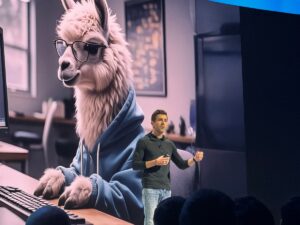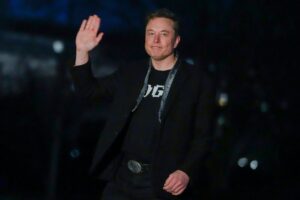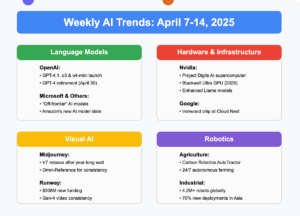Are OpenAI’s Prospects Dim? Expert Cautions That Open-Source Models Could Outperform

OpenAI’s Struggles in the AI Landscape
OpenAI is currently facing significant financial challenges, reportedly losing billions as it navigates the competitive landscape of generative artificial intelligence models. According to AI expert and entrepreneur Kai-Fu Lee, OpenAI’s sustainability is in question, raising concerns about its business model in a rapidly evolving market.
Rising Competition
Lee highlighted that as foundational AI models, like OpenAI’s GPT, become widely available and treated as commodities, it is increasingly difficult for OpenAI to keep up. He pointed to competitors such as DeepSeek AI, which can offer their services at a fraction of the cost because they rely on open-source models.
Financial Disparity: OpenAI’s annual costs have skyrocketed to approximately $7 billion or $8 billion, resulting in significant financial losses. In contrast, Lee noted that DeepSeek AI operates with only about 2% of those operating expenses, allowing it to leverage competitive pricing.
- Sustainability Concerns: Lee believes that the financial burden OpenAI faces, combined with a competitor like DeepSeek that has significantly reduced computing costs, makes it challenging for OpenAI’s leadership—specifically CEO Sam Altman—to find peace of mind.
DeepSeek’s Impact
DeepSeek AI, which became a prominent figure earlier this year after influencing stock market trends, boasts its R1 model—a tool that claims to achieve similar outcomes as OpenAI’s models for a mere tenth of the cost. This competitive pricing is pivotal as companies rush to innovate in AI:
Open-source Advantage: Lee argues that open-source alternatives will dominate the market due to their lower cost structure. These cost savings allow more companies to utilize and develop upon AI technologies without the heavy investments required for proprietary systems like OpenAI’s.
- China’s Investment in AI: DeepSeek is backed by a hedge fund led by Liang Wenfeng, reflecting the Chinese government’s initiative to bolster AI technology across various industries. Lee emphasized that this focus on "new quality productivity" aims to enhance traditional sectors through advanced technologies.
The Future of AI Models
Lee has previously warned of the unsustainable economics plaguing the AI industry. Despite massive investments in infrastructure and high-performance computing chips, he argues that many firms are not justifying their expenditures through realistic returns.
Emergence of Open-source Leaders: The trend toward commoditization of foundational models signals that open-source initiatives like DeepSeek’s R1 will see greater success compared to more expensive, closed models from established companies.
- Investment Trends: Current venture capital flows are shifting away from funding substantial foundational model developments, favoring applications that utilize these foundational technologies instead. Companies building applications on top of existing models are attracting capital at a much faster rate.
Observing the Competitive Landscape
Lee believes the future landscape of AI will likely feature a small number of winners among the many aspiring competitors. He predicts a mix of American and Chinese companies will ultimately stand out in this crowded arena, though many will inevitably fail.
Ongoing Innovation: The competition within the AI sector remains intense. Fast-paced companies like DeepSeek and initiatives like Elon Musk’s xAI are perceived as frontrunners in innovation.
- Potential Contenders: Other players such as ByteDance and Baidu are positioned as serious competitors due to their resources and market reach. ByteDance, for instance, can justify significant investments in AI models due to its extensive customer base.
Market Dynamics
The AI industry could eventually consolidate into a few dominant players, reflecting a common trend within technology markets where typically only two major competitors survive: the frontrunner that profits and a close second that breaks even, with many others failing.
Lee’s ongoing insights into the shifting economics and competitive dynamics of the AI landscape indicate a crucial transition towards open-source models and changing investment patterns, paving the way for new leaders to emerge in this burgeoning sector.






